(Article contributor: Dr. Bharathi Prakash, Asst. Prof. and Head, Department of Microbiology, University College, Mangalore University, Mangalore. The inputs of the article reflects the brief journey of documenting hundred plus Tulunadu’s traditional food recipes with the help of students. Only title of the article is edited by The ecopreneur)
Tulunadu or Dakshina Kannada commonly known as south Canara, a coastal area of Mangalore, Karnataka. It has a unique culture of its own. As the local language is TULU, this place is known as Tulunadu. Being coastal, it receives heavy rainfall with hot summers. In rainy seasons many varieties of vegetable tubers and fruits are available. Seasonal fruits and vegetables of this area are different from the other parts of Karnataka. Hence the food culture and rituals are also different. Aati means Shravan month that falls in July and August receives a lot of rainfall. It has a characteristic importance in Tulunadu. Some part of Kerala is also considered as Tulunadu in olden days.
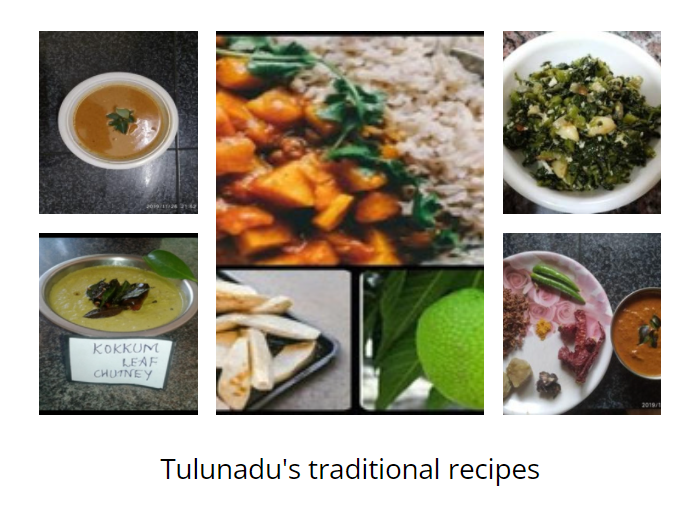
In aati month worshiping GOD, local deities and the way of worship are unique. It is believed that in the Aaati new Monday, early morning in the darkness before sun rises people go to a tree and scrape the bark of it and prepare Kashaya-decoction which has all the medicinal properties in it. This decoction is consumed to keep away from all types of diseases throughout the year.
According to traditional medicine practitioner Sree Vaidya Thimmappa Agilaya, during this month all the medicinal plants, their leaves, roots, tubers will contain more medicinal power. Hence many traditional healers and practitioners wait for aati month to collect the medicinal herbs and shrubs. The traditional medicines commonly used by local people to cure the ailments are cheaper than going to hospital. They give herbal medicine for human, animal and crop diseases too.
The full moon, new moon sun and moon eclipses are the festival days for these traditional healers. It is believed that during eclipses the medicinal properties in the plants will be at its peak hence during the eclipse they pray to the plants and pluck the leaves, flower stem and sometimes roots to prepare the medicines.
Some medicines especially for neurological conditions, these local traditional healers prepare the medicines out of more than 100 herbs with specific methods. If any herb or its ingredient is missing, the medicine won’t work.
Many such medicinal plants are used in a variety of food preparation. The use of particular flowers leaves other than vegetables and tubers is a speciality of Tulunadu food culture. Local and seasonal plant products are more commonly used in daily diets.
Most of the preparations are made using leaves of Tora, Colocasia, Tali, Turmeric, Kokum, fenugreek, Sambrani, Cassia Tora, Bramhi, Vitamin leaves, Emilia sonchifolia ,Sone, Drum stick, lentil, Pundi, Rajgira, Basale wild spinach, Gerkin are commonly used in this area in daily food preparation. Curry leaves and coriander are the common herbs that are used for the seasoning and all types of food preparations. A jaggery and coconut paste applied on turmeric leaves and steamed to get all the medicinal properties in it. On the Nag Panchami day it is a must to prepare this dish in all local communities of Tulunadu.
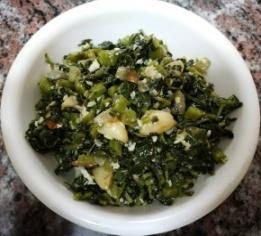
Cassia tora curry 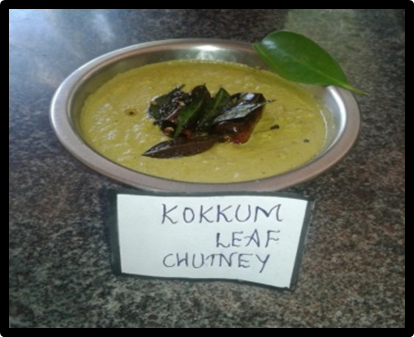
kokkum leaf chutney 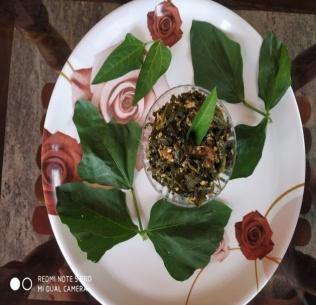
Lentil leaves sukka
Different flowers like hibiscus, konessi, pumpkin, Shankha Pushpa are used for making chutney and juice. Pumpkin flowers are also used to make sambar. Red hibiscus flowers are used to make juice and decoction. Banana flower food items are one of the tastiest delicacies. White hibiscus flowers are used to make raw chutney and also eaten raw as it has medicinal properties.
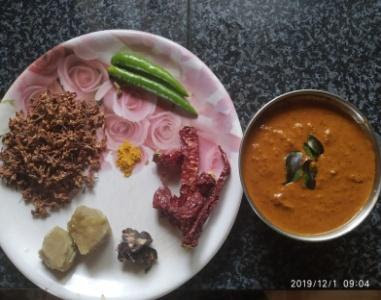
konesi flower chutney 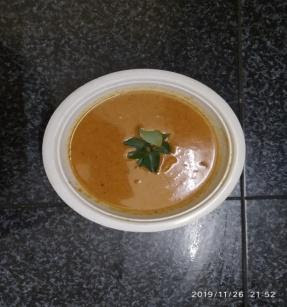
pumpkin flower sambhar
Chutney is a common raw preparation mainly made of grated coconut which has multiple roles. Even though there is no vegetable, sambar, rasam or gravy, chutney can go with rice, idli and all types of dosas, paratha and chapati or even bread.
‘Tambali’ is an extended version of chutney which is a little watery, sour and spicy made with curd or buttermilk. It is also prepared without any vegetables but using herbs and leaves. Hence, they are considered as one of the healthiest food items. Since chutney and Tambali are raw and uncooked, their shelf life is less. It needs to be consumed at the earliest.
In the main course rice and coconut is generously used in all Tulunadu recipes. Local people prefer boiled rice. Boiled rice is a big grain rice once cooked. The watery starch known as ‘Ganji’ out of cooked boiled rice is consumed with pickle and papad as morning breakfast for many people. It is healthy and makes you full.
Mude is the famous preparation prepared all time but mainly during aati month and during Krishna Janmashtami. The idlis cooked in the leaf mould are a unique feature of Tulunadu. Different types of grated vegetables are added to make dosas healthy. Mouth-watering pickles are one of the most essential food items in daily food.
The very small new mango of the season is called MIDI mango which is a speciality in the mango season of summer. Bimbli is a most sour small fruit rich in acidic content. It is pickled and also added to the curries. And star fruit is also equally sour used for pickles and curries. Upkari and Sukka are the common dry preparations of vegetables and nonvegetarian items like using chicken, fish, prawn, etc.
Different varieties of banana are the common fruits abundantly grown and consumed, hence Banana chips and banana halwa which is sweet made of ripened banana are the popular snack items. Bamboo shoot and Banana stem curry are also one of the nutritious food preparations. Butter fruit, breadfruit and dragon fruit are the unique wild fruits of south canara. There are many seasonal wild fruits found in the interior forest of Tulunadu.
Most of the Tulunadu localities are non-vegetarians. Rice and fish are their staple food. Many local restaurants are famous for fish and other seafood varieties.
During the COVID-19 Pandemic, BSc Microbiology students of University College Mangalore were informed to prepare the traditional Tulunadu recipes by consulting with their grandparents, parents or relatives. As a result, they came out with 100 such recipes which are local, healthy and unique to south canara.
Each recipe is prepared and they are presented with their mentors. Hence, Tulunadu recipe book is a valuable collection to keep the food culture and tradition alive. The calorific value of each and every ingredient used in each recipe is calculated by a dietician, Mrs Mitra Prabhu of Inner wheel club of Mangalore North. This makes it very convenient to know the recipe about its calorie content to consume as per the requirement.
Thus, knowing Tulunadu, its culture and tradition is a totally different experience. Being a Microbiologist and dietician, I took help from students to showcase the Tulunadu food culture to all. On 4th Sept as a part of nutrition week celebration by the Inner Wheel Club of Mangalore North, we released a CD of these 100 Tulunadu recipes and recognition was given to the contributors. Hope the readers will visit Tulunadu to relish these food items. I am thankful to the students, and Mrs Mitra for all the success and the Principal of University College for all the support. The founder of tharunam NGO, Naresh who is working on Food Literacy was invited as a guest of honor for this CD release.
Department of Microbiology, University college Mangalore and their mentors started preserving the traditional food culture of Tulunadu. Preserving more food varieties implies preserving crop varieties thus saving biodiversity and contributing green recovery.
So, what is your medium for Green Recovery? Share your green story!
Disclaimer: Images may be subjected to intellectual property rights of author. Please reach out to author for further details on Tulunadu’s recipe book details.


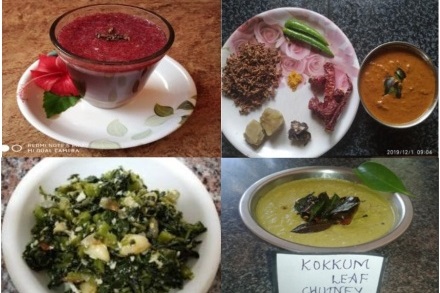
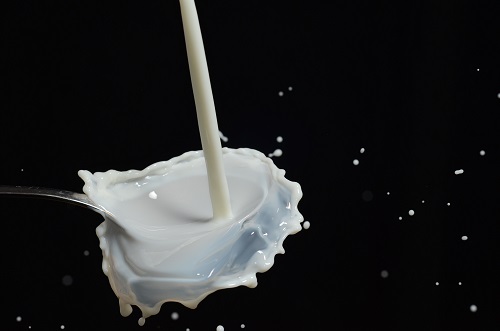
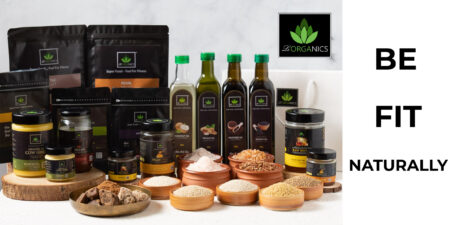
Thank you for the very useful information
Dalene , I am glad for your comments.Mangalore is worth visiting for these cousins.You are most welcome.
Thanks to the Team Tharunum and Ecopreneur.